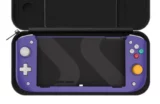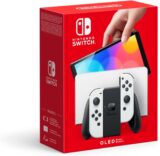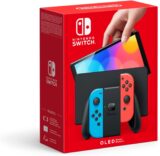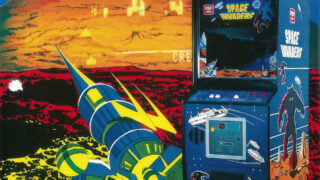Game prices should have increased with every new generation, former PlayStation US boss says
Shawn Layden says profit margins are getting “super tight”

Former PlayStation US boss Shawn Layden says the price of video games should have been rising every new generation, to cover the increase in development costs.
Layden, who was chairman of the company’s worldwide studios group when he left Sony in 2019, shared his thoughts on video game pricing in a new feature by GamesIndustry.biz.
On the topic of game prices increasing to $80, Layden noted that the cost of premium games had stayed the same for the past 20 years despite the combination of increased development costs and inflation.
“I think it’s because everyone’s afraid,” he suggested. “No one wants to be the first one to raise the price, because you’re afraid to lose traffic. So what you do is you just end up eating into your operating income, your profit margin.”
Layden said that by charging the same price for games while increasing game budgets at the same time, it’s inevitable that companies make less net profit as a result.
“There were more sports cars in the parking lot in the PS1 era than there were in the PS4 era, because if you’re selling 20 million units at $60 for something that only cost you $10 million to make, that’s different than selling 20 million units at $60 for something that cost you $160 million to make,” he explained.
According to the article, Layden then said that games should have increased in price with every new generation, but that instead the industry’s mantra has been “as long as we grow, even though we’re not making money, somehow we can’t die”.
Layden said this way of thinking has now reached a crisis point, because companies have now reached the stage where they have to sell many millions of copies to make back development costs.
“The cost of construction is just way too high,” he said. “If you’re going to spend over $200 million to build a game, your margins are super tight, unless you can expect to sell 25 million units. Unless you’re Rockstar, [you] should not expect to sell 25 million units.”

He also noted that “they’ve already been kind of moving the median price point up anyway”, even if the base price hasn’t been rising, thanks to the use of microtransactions and deluxe editions of games, the latter of which adds extra in-game content that has “almost a zero cost” to make.
“They said, ‘Okay, what if we maintain the price and then we nickel and dime you with the DLC, microtransactions, battle pass, season pass, whatever you want to call it, and try to make up the excess there?” he explained.
This generation has seen the first instances of standard edition games being sold for $80, with Nintendo launching Switch 2 alongside its first $80 title, Mario Kart World.
Not all of these price increases have been successful, however. In June, Xbox said The Outer Worlds 2 would be its first $80 title as part of a broader increase in game prices, but the following month it had to reverse its plans, dropping the price back down to $70 “in line with current market conditions”.















